All residential buildings have roofs that play an important protective role for the residents and the structure. Despite using best materials when it is professionally manufactured, it can be damaged over time through weather and environmental factors.
In this article you will learn How to Identify Leak in Roof and Experts take on How to Fix them.
Table of Contents
Did you know that you should inspect your roof thoroughly every year as a homeowner?
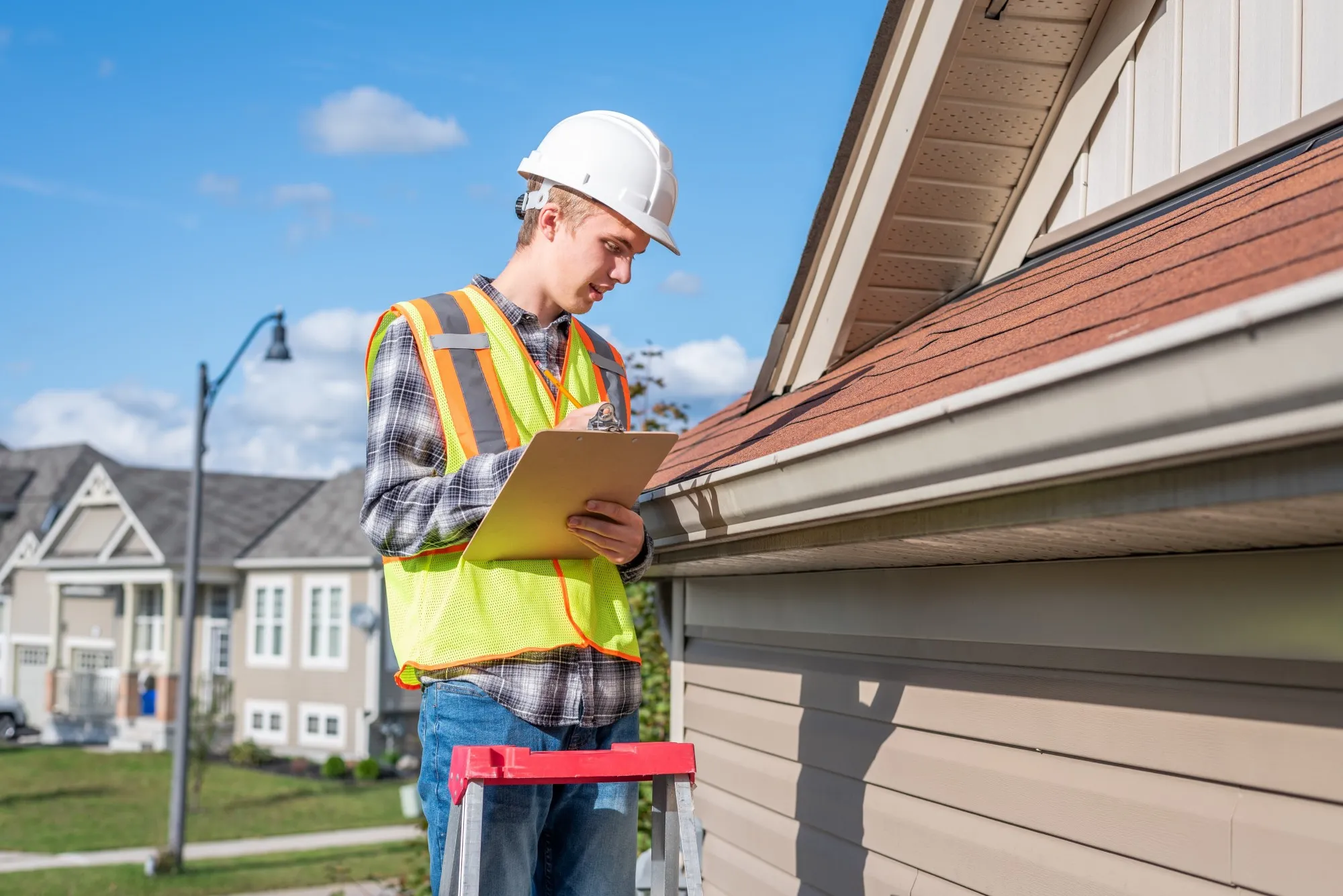
Roofs that need repair or renovation have obvious signs. Your roof may suffer moisture damage because of leaks, or it may be damaged by storms, or it may have loose tiles or defective gutters.
The sooner you recognize the warning signs, the sooner you can fix them and the lower the cost of roof repair.
Experts advised to check your roof immediately if you see these signs:
Leaking roof
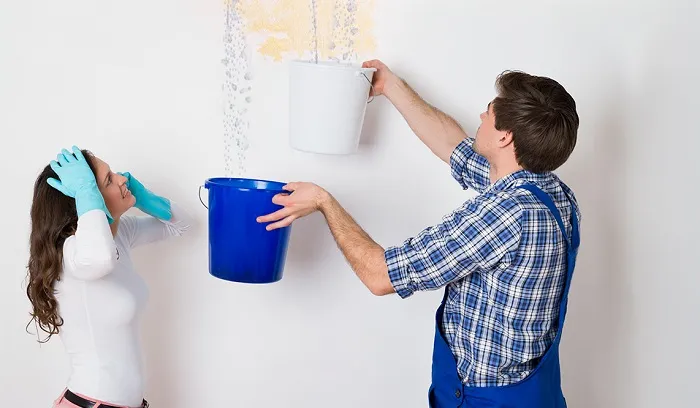
It can be hard for even a professional to find the leak on a roof, even if it is leaking. It may take a while for a leak to become evident depending on how thick the insulation is.
Keep an eye out for water stains, discoloration, and damp spots in your attic due to leaking roofs: these are indicators of a leaky roof.
There can be leaks in any part of the roof, but penetrations such as the roof sheathing connection to the chimney, skylight, or antenna culvert are particularly vulnerable.
It is obvious that you do not want to see sunlight through your roof. When it’s sunny outside, shut off the lights in the attic: if sunlight enters the roof, there’s a good chance you need to do something soon.
The house is damp and moldy
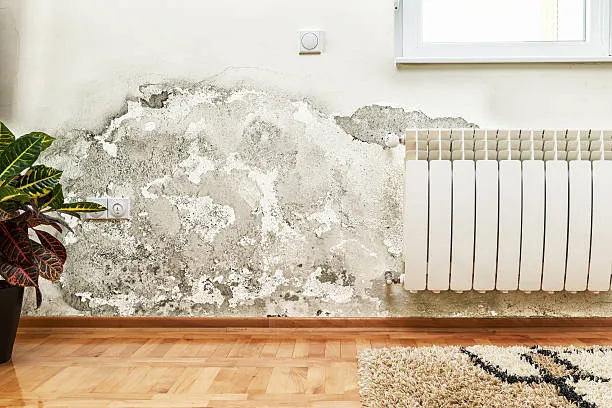
It is every homeowner’s nightmare when his or her house has mold growing in it. It is not always caused by moisture penetrating from outside when there is mold on the wall or stains on the ceiling due to a leaky roof. A thermal bridge or inadequate insulation can sometimes be the cause of heat transfer.
Condensation occurs when such conditions exist. Consequently, a great deal of damage is done to insulation, load-bearing columns, and the sub-roof when condensation drips onto them.
If your insulation needs to be replaced, a roofing expert can identify the problem and fix it.
Storm damage has damaged the roof

Roofs are often badly damaged during violent thunderstorms and heavy winds. The tiles are covered by leaves, trees are smashed on the roof, and the roof structure itself is sometimes damaged by branches.
A damaged roof can be a serious problem. Sometimes broken parts of roof may fall to passersby and this may cost you. If you are the homeowner, you may be responsible.
If the roof has already been damaged, you should call a professional to check for damage before the fall. Your insurance company will be able to reimburse you more easily if your home ever suffers storm damage once your insurance company receives the official report.
Broken, loose, or missing roof tiles
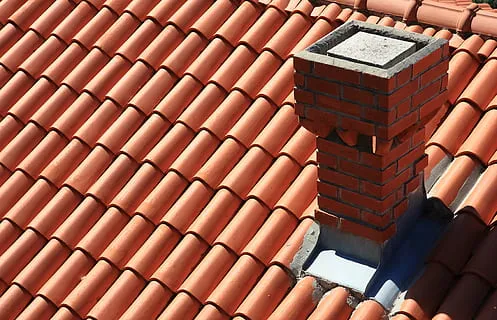
You should check your roof regularly to ensure there are no gaps or missing tiles. As a result of leaky roofs, moisture will quickly travel into them, so gaps need to be repaired quickly.
In the same way, roof tiles that have come off or slipped must also be reattached. The benefit here is that individual tiles can be replaced if they are missing or damaged.
If there are only small cracks in the roof tiles, those can also be sealed. The problem of damaged roof tiles, however, must be fixed completely.
Roofs are leaning or sagging
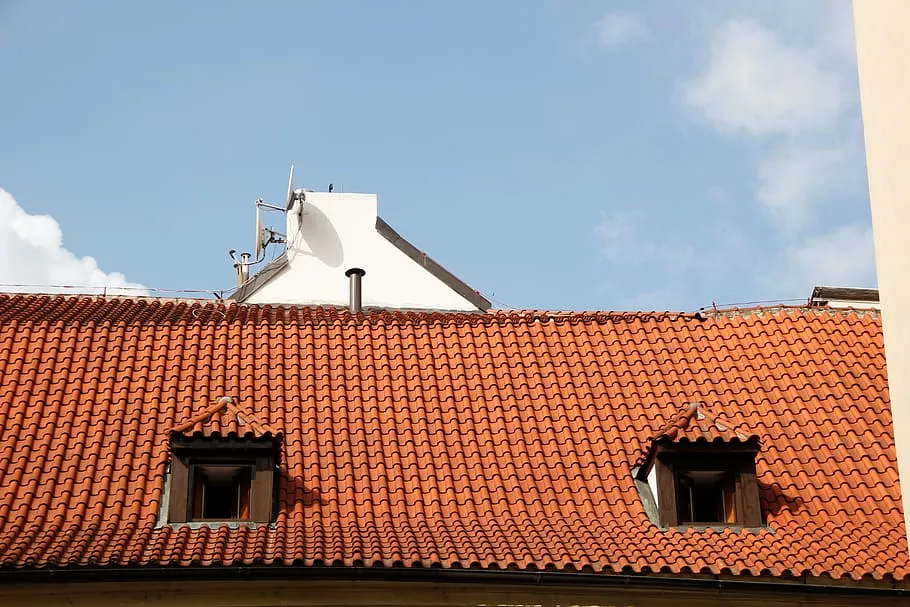
Are there any areas of your roof that appear to be sagging or warped? There is an underlying issue here that you should resolve as soon as possible.
It is possible for rot and moisture damage to be only visible on the inside when the roof sags when the roof looks normal from the outside.
Take a look at the attic rafters next time you’re up there. Sagging or not? The fact that the roof framing looks rotten and decayed could be a sign that moisture has entered the roof.
If this is the case, it is likely that you will have to replace the entire roof trusses.
It is defective to drain the roof
A properly functioning roof drainage is particularly important for flat roofs. The slope of the roof prevents rainwater from draining away on its own, unlike a pitched roof.
During the fall, leaves fall into the roof drainage system, clogging the gutters and downspouts. Regular gutter cleaning is therefore highly recommended.
It is possible to see whether the gutters have cracks and holes while they are being cleaned. A leaky gutter should be repaired or sealed in order to avoid damage to the façade.
If the roof is more than 25 years’ old
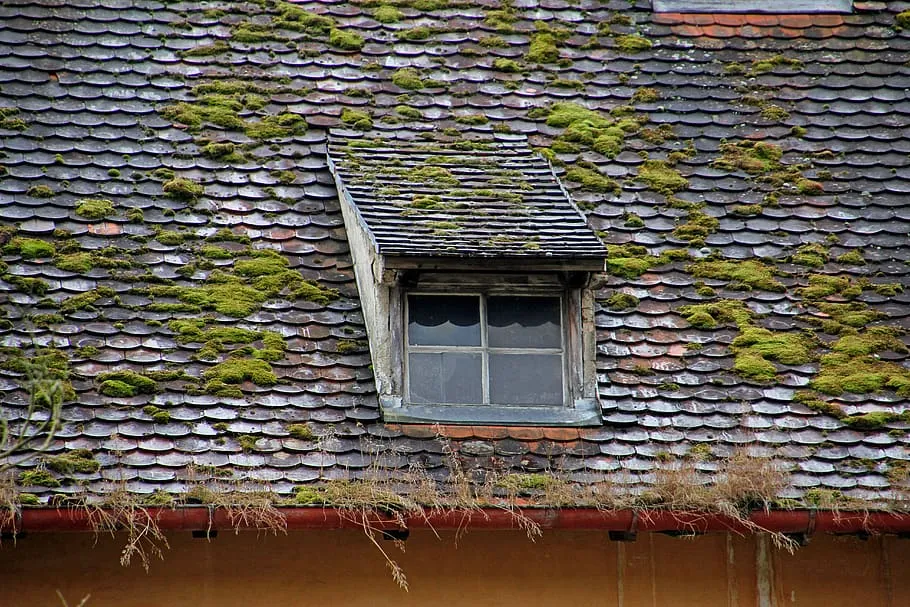
You should take a closer look at the condition of your roof over the course of each year if it is over 25 years old. In addition to the age of the materials used, the roof could be leaking, and the roof trusses have become dilapidated, so repairs are needed.
An evaluation of the roof is needed every 50 to 60 years (or sooner, depending on where you live and the weather conditions). It is always advisable to consult a qualified carpenter or roofer if your roof has experienced major damage. The only person who can accurately assess whether a roof needs repair or a complete roof renovation is the roof contractor.
How can I fix a leaking roof?
Almost all residential buildings have roofs that serve as a protective mechanism for the residents and the building structure. As long as it is continuously exposed to weather and environmental influences and can be damaged regardless of professional manufacture.
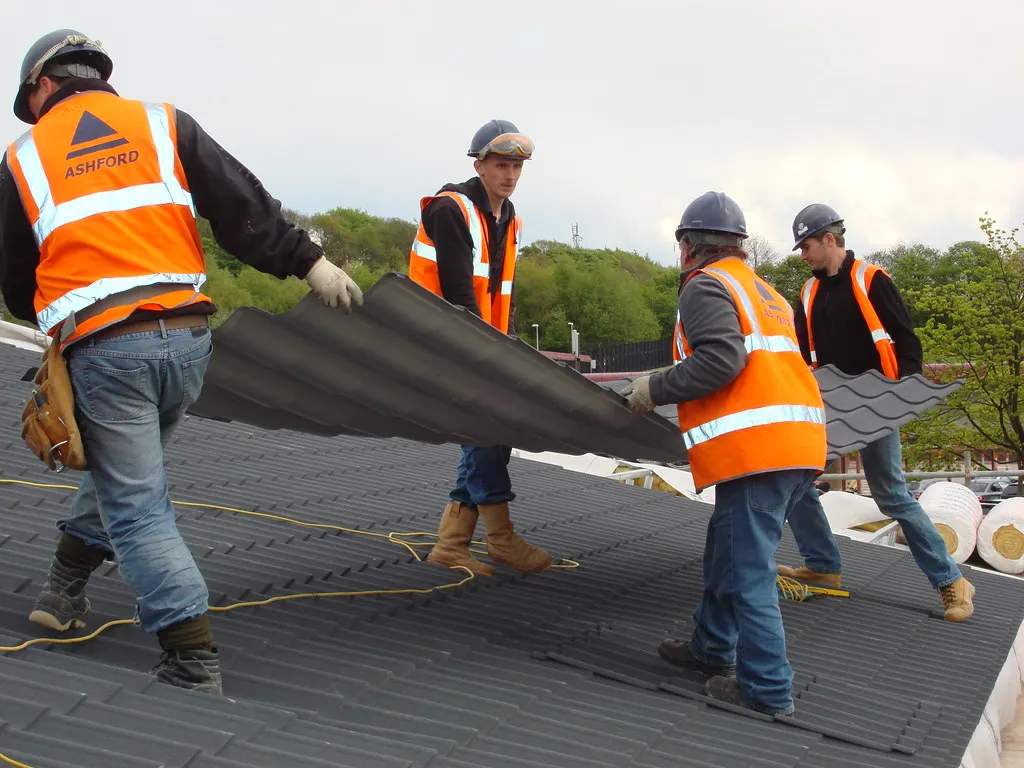
What is the best way to detect leaks on my roof?
Leak detection is not always simple, even for professionals. Rainwater may enter an undeveloped attic directly, however to search it on a developed attic is more difficult.
There are always stains, discolorations, and damp spots on leaky roofs. Here are the sings that we should look for:
- Structure of the roof (rafters, purlins, and roof battens).
- Exterior of the roof covering
- Vapor barrier that surrounds the roof covering
- Attic floor
- The upper floor ceiling and walls
An unused attic with minor discoloration or stains is not a cause for concern at first, but a visual inspection is still required. But, getting to the bottom of the cause of the staining is important if the stains continue to multiply over time.
In the event of mold growth or damp spots on walls or ceilings, you must act immediately. Although rainwater penetration may not necessarily cause damage at the site of a roof leak, it can nevertheless cause damage to adjacent areas. Water may enter the roof above the visible damage if there are any holes in the roof above the visible damage. The roof structure must be dismantled in the worst case scenario, or even the interior cladding needs to be removed over a large area to locate the leak.
Is it possible for homeowners to repair their roof themselves?
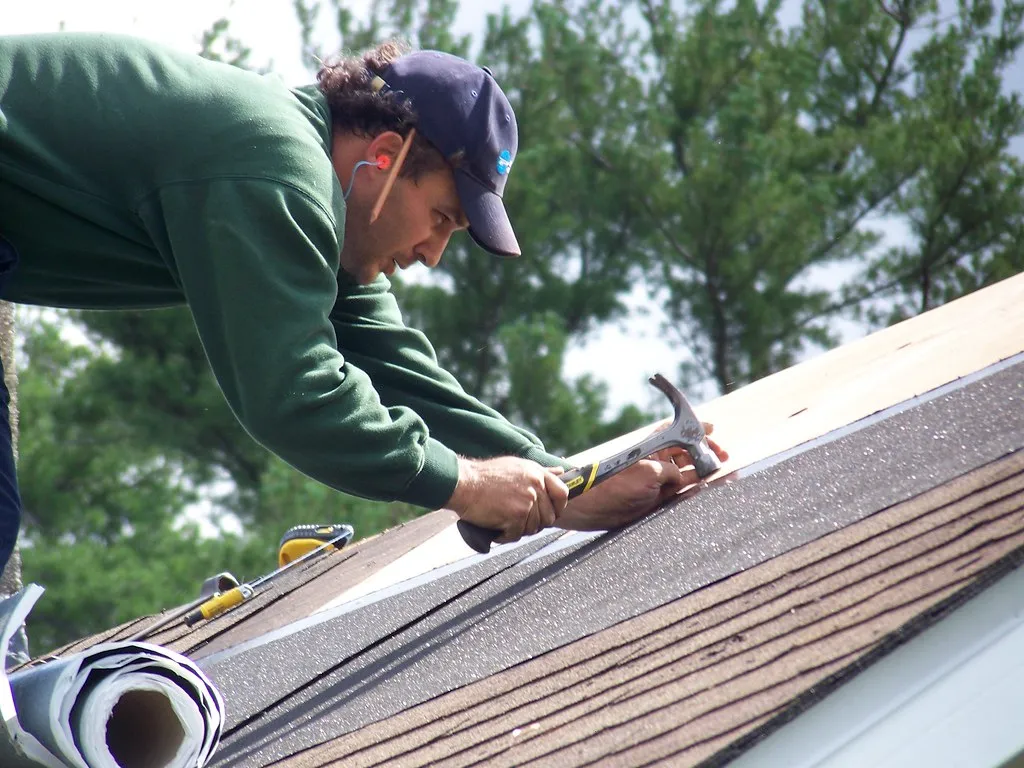
A roof forms an important part of a residential building and, therefore, is crucial for the preservation of the building’s value and the safety of its people. Roof work requires a lot of skill and should only be handled by professionals. The best person to contact for roof repairs is a roofer. If there are damage to the roof structure, a woodworker may be consulted.
Minor repairs, like those to subordinate buildings, are easily possible for a do-it-yourselfer. When a bitumen roof leaks, such as on the carport or the shed, you can fix the problem yourself, provided you have the adequate skills. In most cases, there will not be serious problems and any damage can be easily repaired with a professional. Residential buildings should definitely seek the assistance of professionals for roof repairs. No matter how minor the repairs appear, there is always the risk that faulty work will lead to major damage and massive costs. Because faulty roof insulation isn’t weather-resistant, it can cause considerable damage to your building.
What are the signs of a leaking roof to a professional?
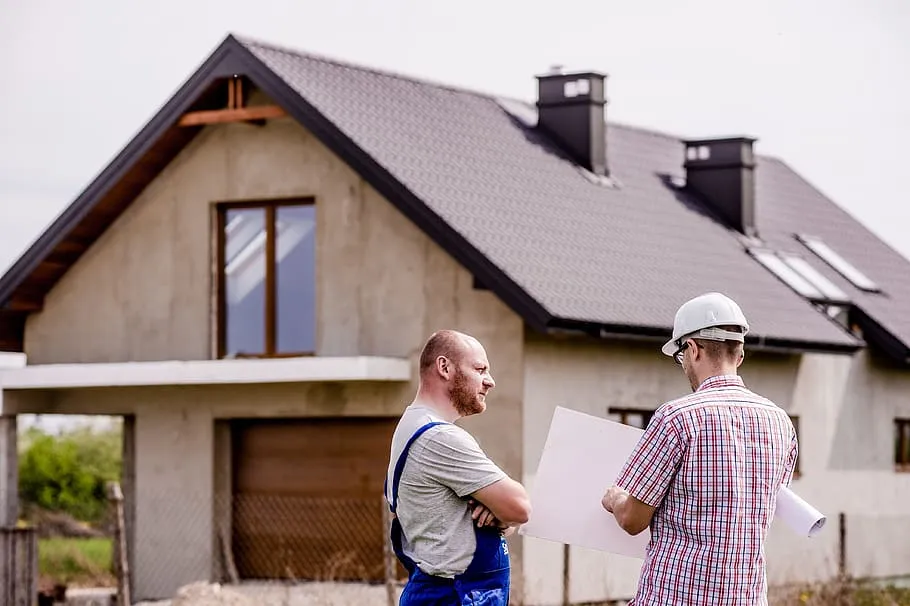
Keeping your roof regularly inspected by a specialist is the best way to stay safe. It is the experience of a roofer who can locate weak spots on the roof and identify developing damage as soon as possible. Also checked are the fittings and conditions of all tiles, in addition to connections to the chimney, skylights, or antenna passage. Similarly, the gutter should be thoroughly checked to ensure that water is draining away correctly and does not accumulate.
During the inspection of slate roofs, the slates are examined for integrity as well as fit to the structure. Corrosion of nails, screws, and pins is a frequent cause of slate roof damage. In addition to a long service life, slates themselves feature a gratifyingly high level of durability. Slate roofs typically last 100 years, and in some cases much longer, as opposed to clay tiles and concrete caps.
Is it possible for me to fix the slate roof myself?
Slate roofs are no different than other roofs; Professional maintenance and repair is essential. Craftsmanship and experience are required when working on slate roofs. Damaged individual tiles on the slate roof can be replaced if necessary.
Using a patching iron of a slaughter, the slaughter begins to remove the damaged slate stones from the roof. Several grooves and hooks are found in this flat part of the steel. In addition to removing individual tiles, a patching iron can remove nails and screws as well without damaging the surrounding roofing elements. Needless to say, a tile accessory is called using a repair hook. The slate is fastened by a repair hook at its base. An anchor or screw is used to attach the formwork to the wall.
What is the ideal time to replace my whole roof?
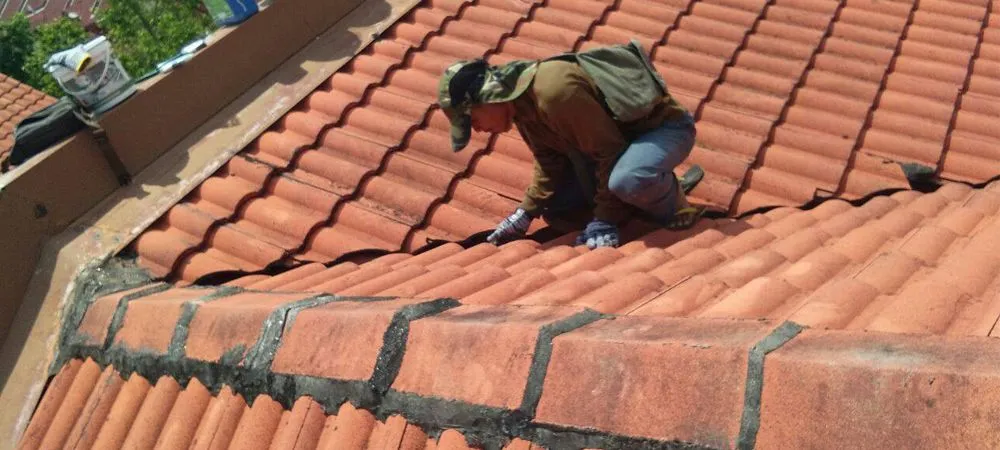
If a roof leaks and is already old, replacing the whole roof may be the most sensible solution. There must be damage to the building’s fabric over a large area if the roof leaks in several places over a large area. This damage affects not only the roof insulation and the roof structure. The interval between roof inspections should be shortened on old roofs that are at risk of major damage.
Is water always leaking from the roof from the outside?
Mold is a potential cause of damp spots and mold growth on walls and ceilings in addition to water penetration through precipitation. It is possible for moist air from the indoors to seep into the roof insulation if the vapor barrier is not in proper working order and is cracked or holed. As a result, the air cools in the insulation layer and condenses, releasing its moisture. In the same way that water enters through a leaking roof, condensation from indoor air may leave traces. Consult an expert for advice if it is unclear what caused the water damage. Another opinion may be helpful in case of doubt.
